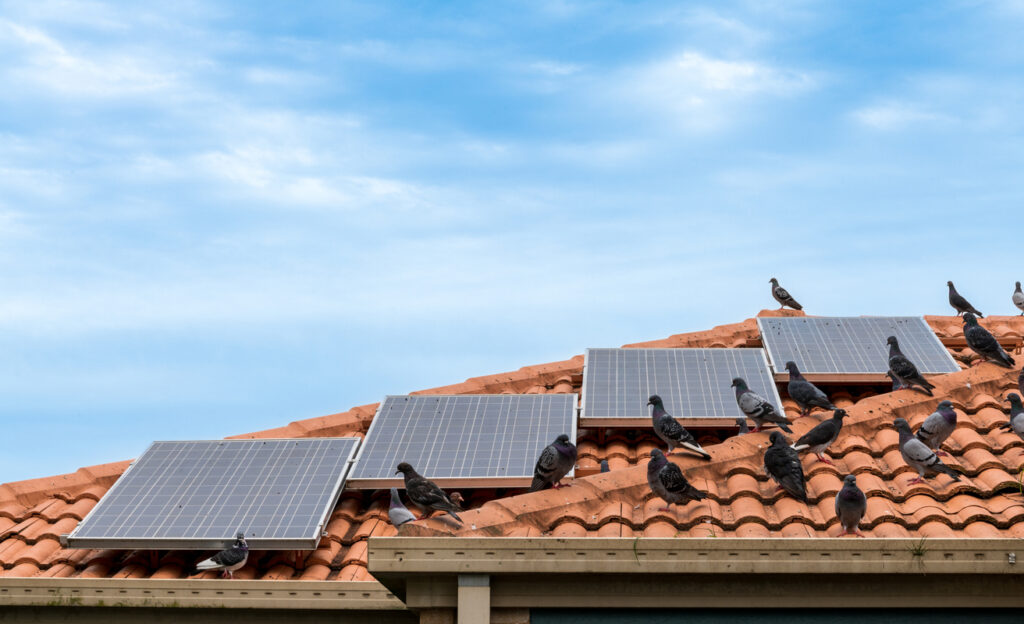








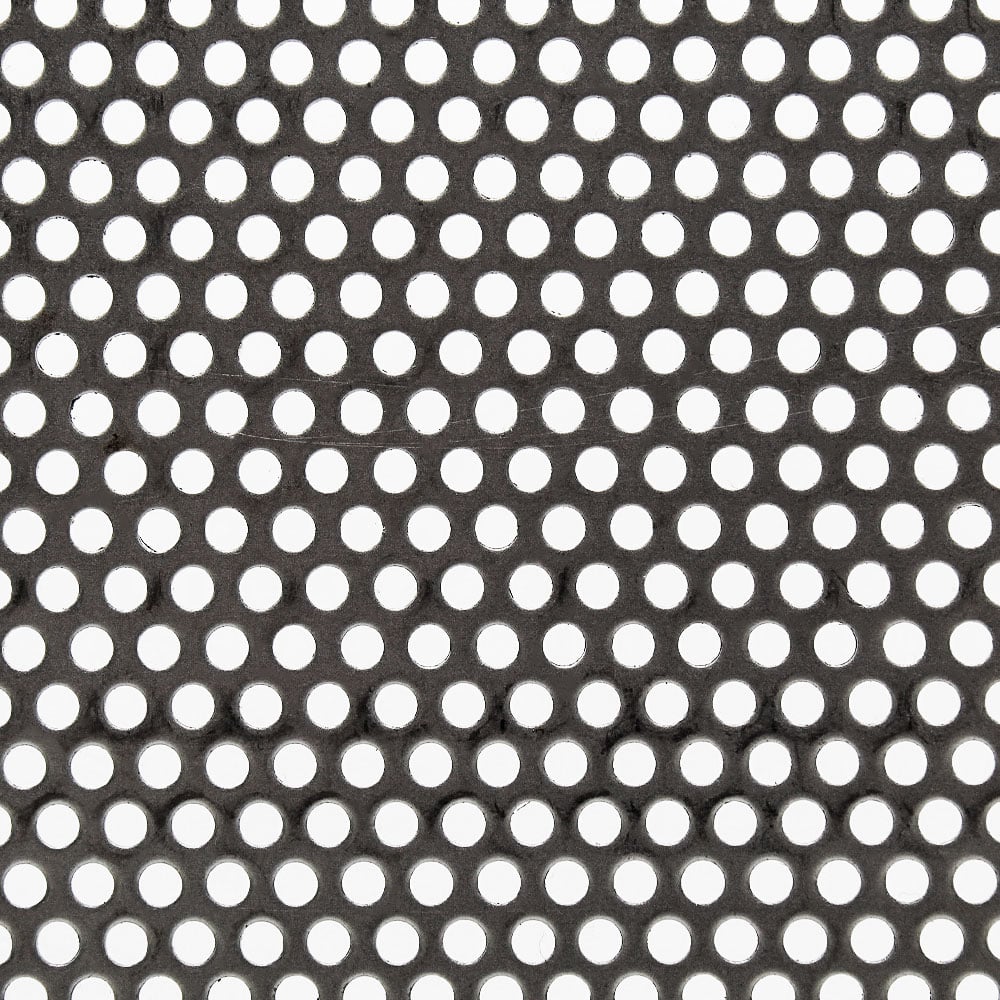
In the vast world of architectural design, perforated metal stands as a beacon of versatility. Celebrated for its unique blend of form and function, it serves as a testament to the adage that beauty need not sacrifice utility.
Both alluring and pragmatic, perforated metal has carved a niche for itself, proving that it’s more than just a pretty face in the architectural landscape.
This blog will elaborate and explain some of the key factors that make perf such a desired metal in modern architecture.
Let’s get into it….
At its core, perforated metal embodies both aesthetic appeal and tangible utility through its functional elegance. Due to its dual mandate, it has become a favorite among architects and designers. A wide range of possibilities are presented by perforated metal, from majestic skyscrapers to intimate residential spaces.
With its myriad patterns and finishes, perforated metal is a visual delight. Whether it’s used as an exterior facade or interior partition, it captures attention effortlessly. Intricate patterns, often inspired by nature, geometry, or even abstract forms, allow architects to play with light and shadow. Light filters through these perforations, creating dynamic patterns that transform a space, making it alive and ever-changing.
Additionally, perforated panels can be tailored to complement any architectural style due to the wide selection of metals, finishes, and coatings available. Perforated metal is adaptable to any design style, from rustic to ultra-modern.
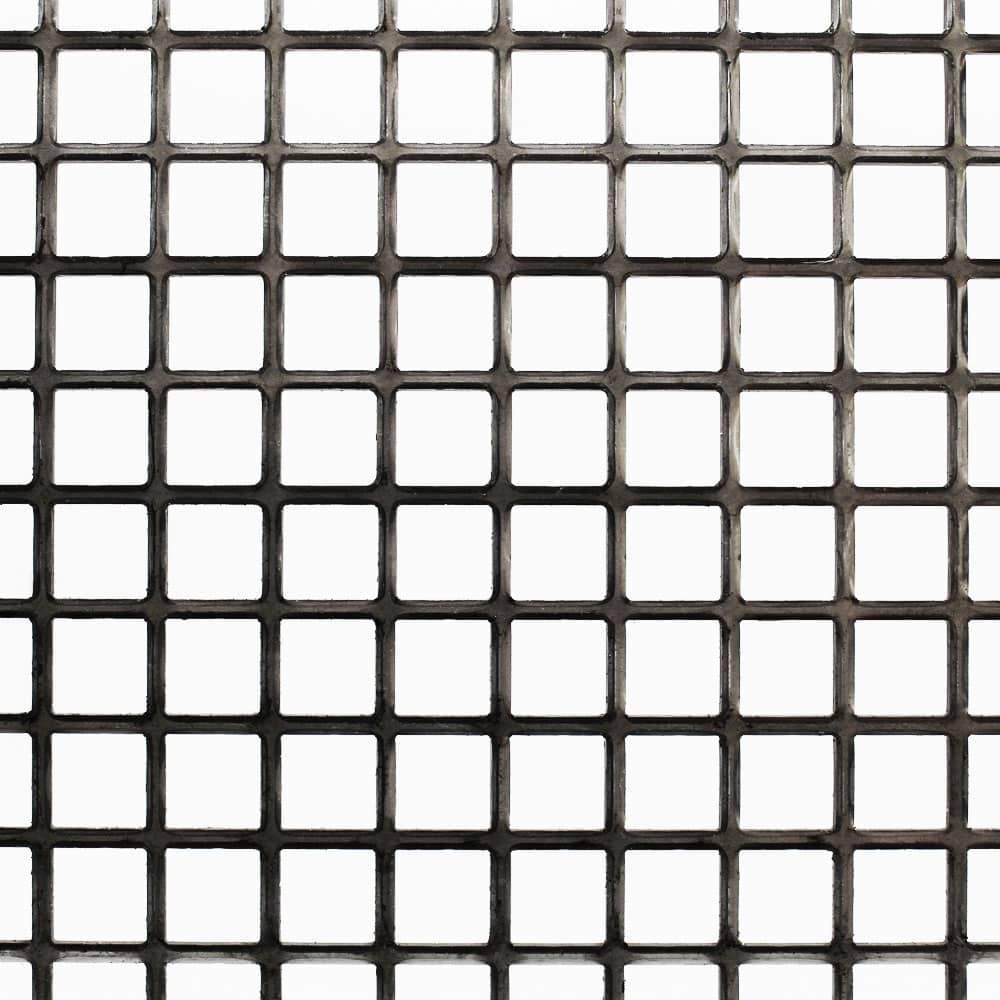
The aesthetic appeal of perforated metal is undeniable, but its functional benefits are equally impressive. Perforated metal’s functional elegance manifests in the following ways:
Thermal Comfort: By allowing air circulation, the perforations facilitate passive cooling, regulating a building’s temperature. As a result, energy costs are reduced as well as the interior environment is made more comfortable.
Acoustic Control: In spaces, perforated metal can modulate sound. In theaters, auditoriums, and open office spaces where acoustic control is crucial, the perforations absorb and diffuse sound waves.
Sunlight Diffusion: The use of perforated panels allows architects to control sunlight entering a space, ensuring a blend of illumination and shade, which is essential for spaces such as atriums or lounges.
Privacy and Security: Perforations can provide visual transparency as well as privacy. In addition, metal’s strength ensures that light and air pass through while the structure remains secure.
A round hole perforation offers both visual charm and functional efficiency. An architectural structure with a symmetrical and uniform design is pleasing to the eye. From a functional standpoint, round holes allow optimal light, airflow, and sound diffusion. Round hole perforations serve as a harmonious blend of design and utility when incorporated into facades, partition walls, or sunscreens.

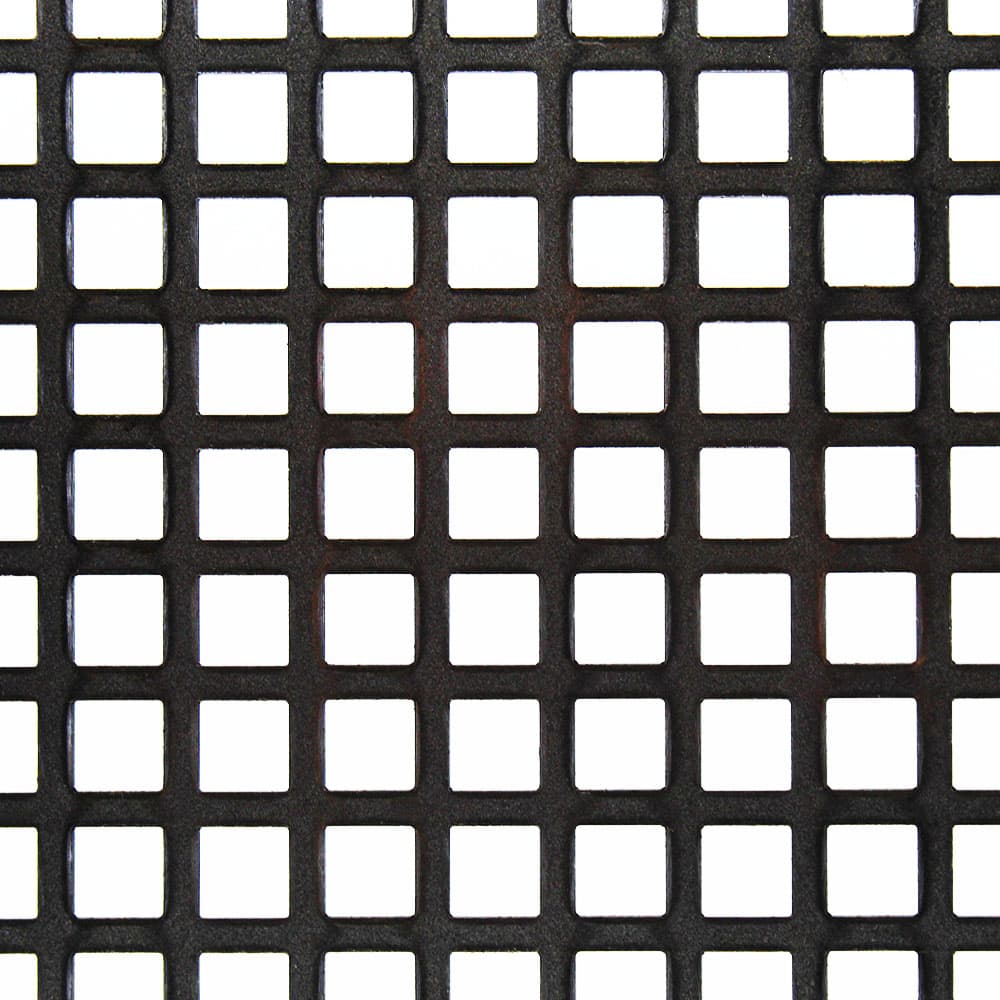
In modern architecture, square hole perforations are characterised by their geometric precision. Their equidistant design creates visually appealing grids that play with light and shadow. Square holes provide effective ventilation while maintaining structural integrity. Square hole perforated metal is a versatile and visually appealing choice for architectural facades, cladding, and decorative indoor panels.
Hexagonal Hole Perforated Metal
Hexagonal perforations offer a distinct aesthetic that combines organic patterns with geometric stability. Besides catching the eye, the six-sided design offers a sturdy structure that distributes weight and pressure evenly. Whether used in exterior facades or interior partitions, hexagonal perforations can evoke natural patterns, such as honeycombs, giving buildings a touch of organic elegance.
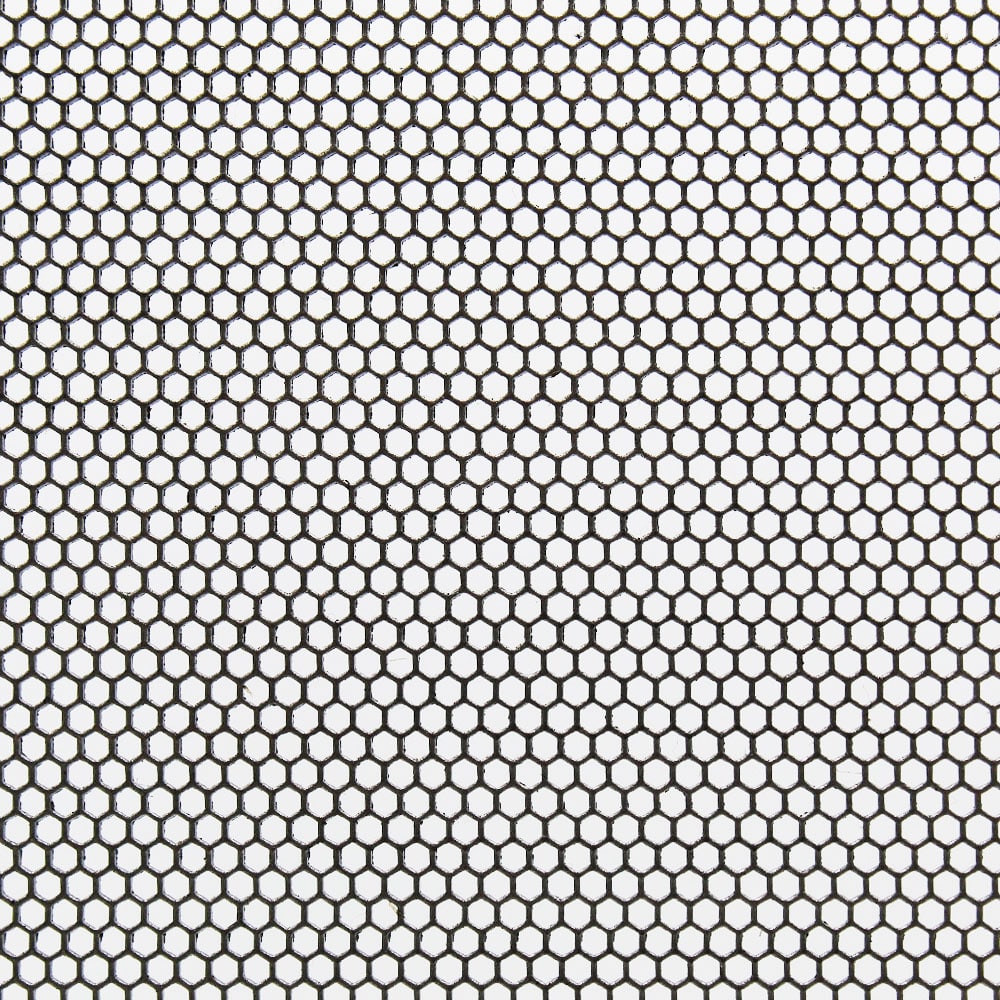

Aluminium, known for its lightweight and anti-corrosive properties, makes for an excellent choice in perforated metal designs. With its inherent reflective qualities, it plays a significant role in passive cooling, deflecting sunlight and reducing overall heat absorption. Aluminium’s malleability ensures that intricate perforation designs can be achieved without compromising the metal’s strength. Its modern appearance combined with its eco-friendly benefits makes it a preferred choice for sustainable building projects.
When it comes to perforated metals, mild steel offers a timeless appeal due to its robustness and flexibility. Mild steel perforated sheets can withstand environmental stressors, making them ideal for exteriors.
In addition to its natural grey hue, it can be painted or powder-coated to add additional aesthetic appeal. Both traditional and contemporary architectural designs benefit from mild steel’s strength and adaptability.
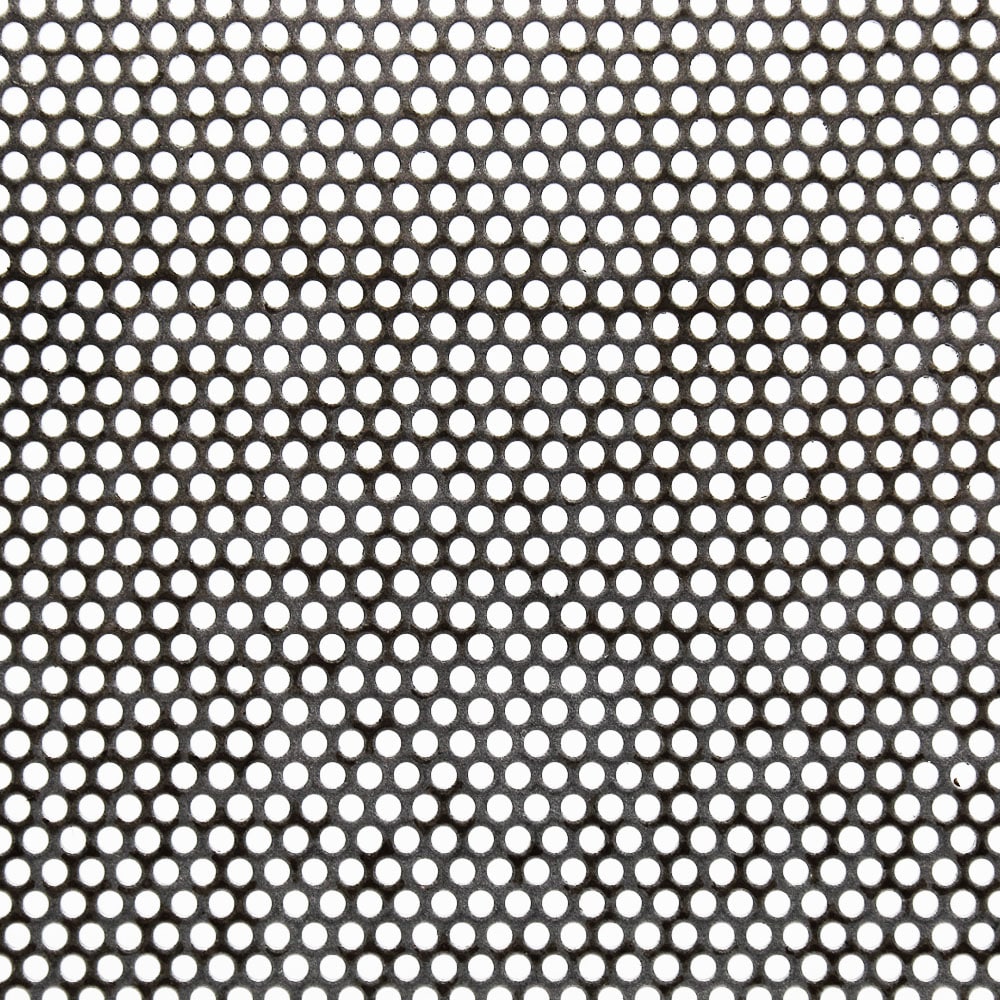
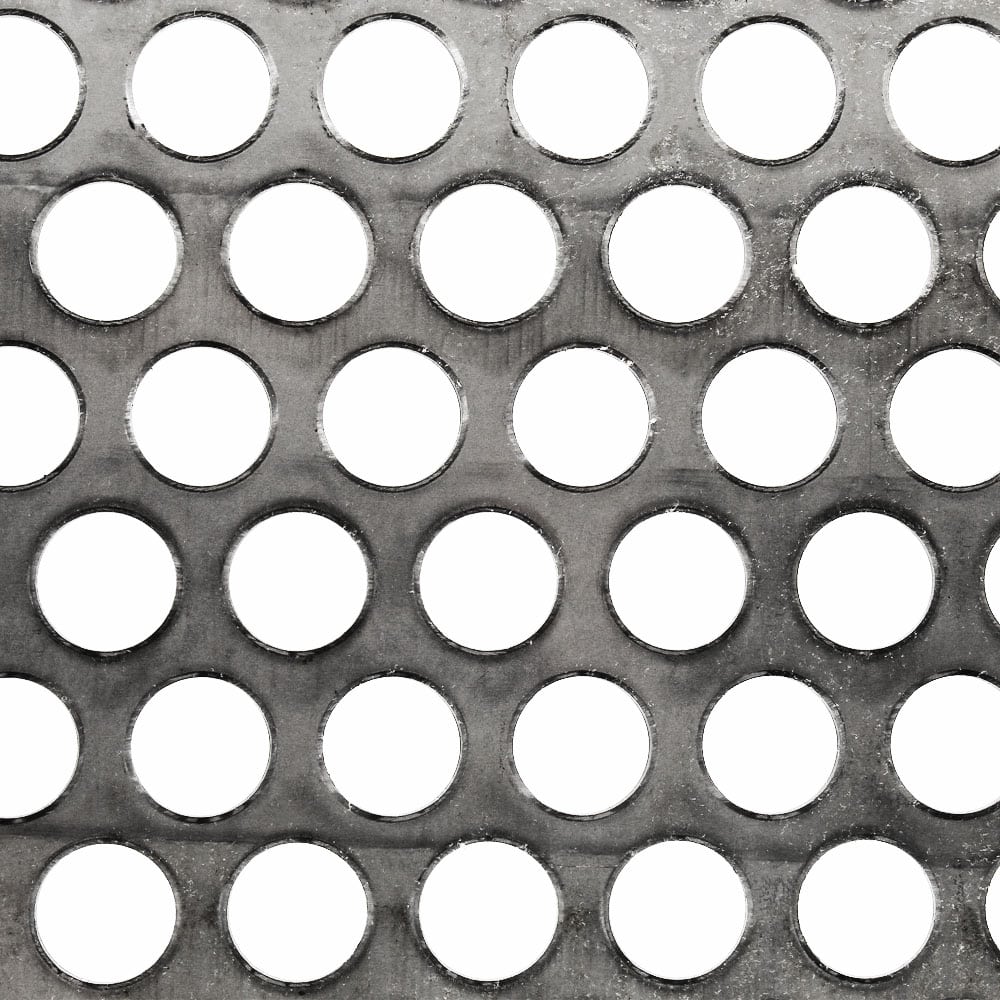
Stainless Steel Perforated Metal
Stainless steel represents the pinnacle of functional elegance in perforated metals. Stainless steel is known for its shiny finish and resistance to tarnishing and corrosion.
It’s not just about looks; stainless steel’s strength ensures longevity. Stainless steel perforated metal seamlessly bridges aesthetics with unparalleled functionality for exterior façades exposed to harsh weather conditions or interior spaces requiring a touch of luxury.
Today, as we gravitate towards eco-friendly options, perforated metal stands out from the crowd. As a result of passive cooling and sunlight modulation, it reduces the dependence on artificial climate control systems, which in turn contributes to a building’s overall energy efficiency as it reduces the need to use artificial climate control systems. Furthermore, many perforated metals are recyclable, making them a truly green choice in the truest sense of the word.
Perforated metal will continue to evolve and expand as the architectural world progresses. Through the integration of technology and fabrication methods, more intricate designs and efficient functionality will be possible.
Due to their reflective properties, metals like aluminum will become even more integral to sustainable design as the emphasis on green buildings grows. With urban spaces becoming more compact, perforated metal will become increasingly important for ensuring privacy while maintaining airflow and light.
Buildings and spaces will also see an increase in customised perforations. You might imagine an interior partition that echoes the patterns in local flora or a façade that depicts a city’s skyline. These visions can be realised through the combination of laser technology and metals such as stainless steel. If this is indeed something that you would like more information on then please speak to our architectural team.
As always, thank you for checking out our blog. We hope that this helps you with your project. We try to launch a couple of new guides every week. Eventually we will have covered everything there is to cover about mesh.
You may be interested in our blog that explores how to build a chicken coop.
Our goal for our blogs and help guides is to answer as many questions as possible to help to explain the possibilities of mesh to our customers.

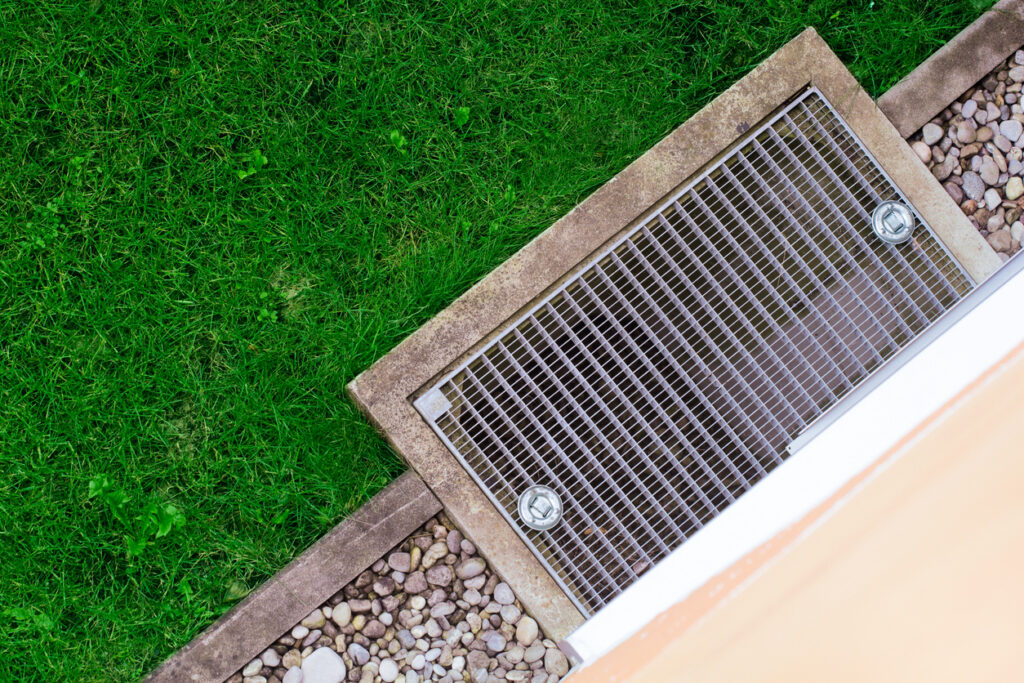
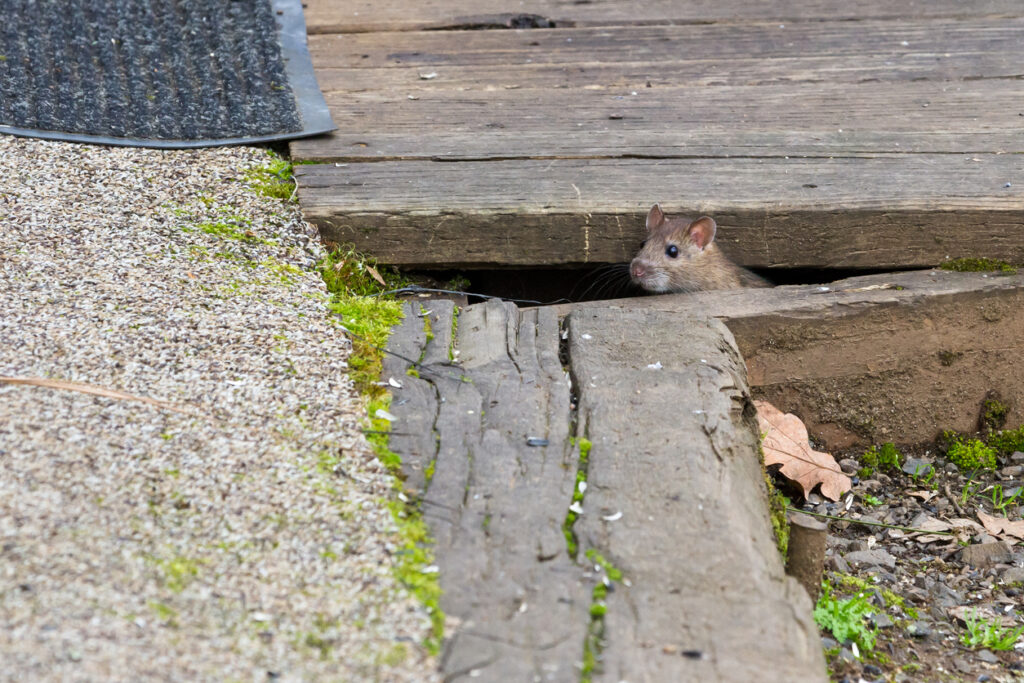
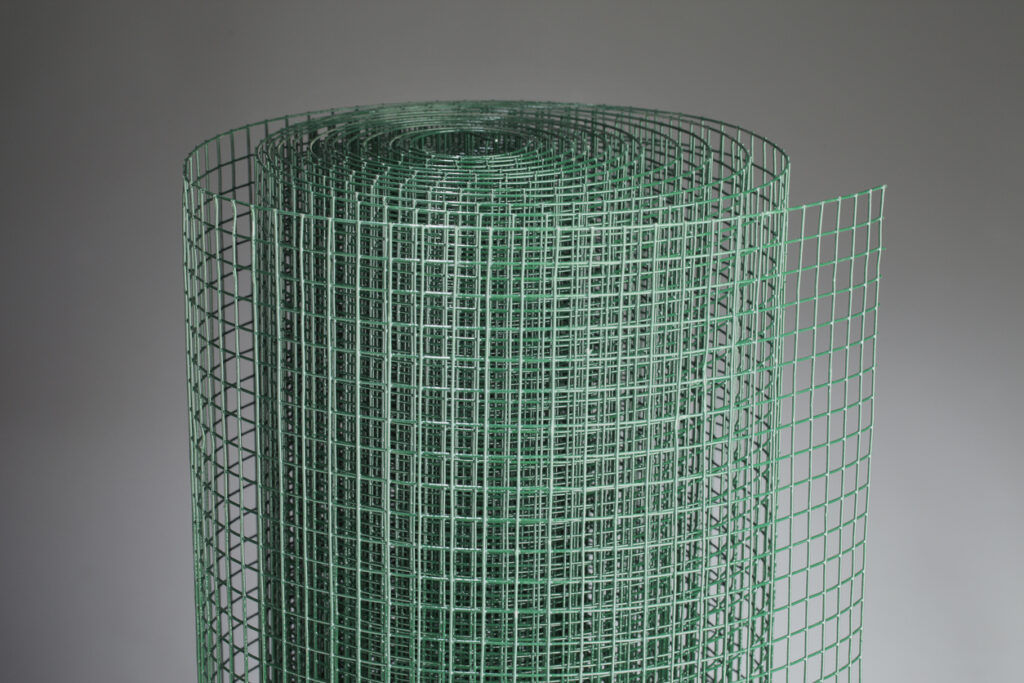
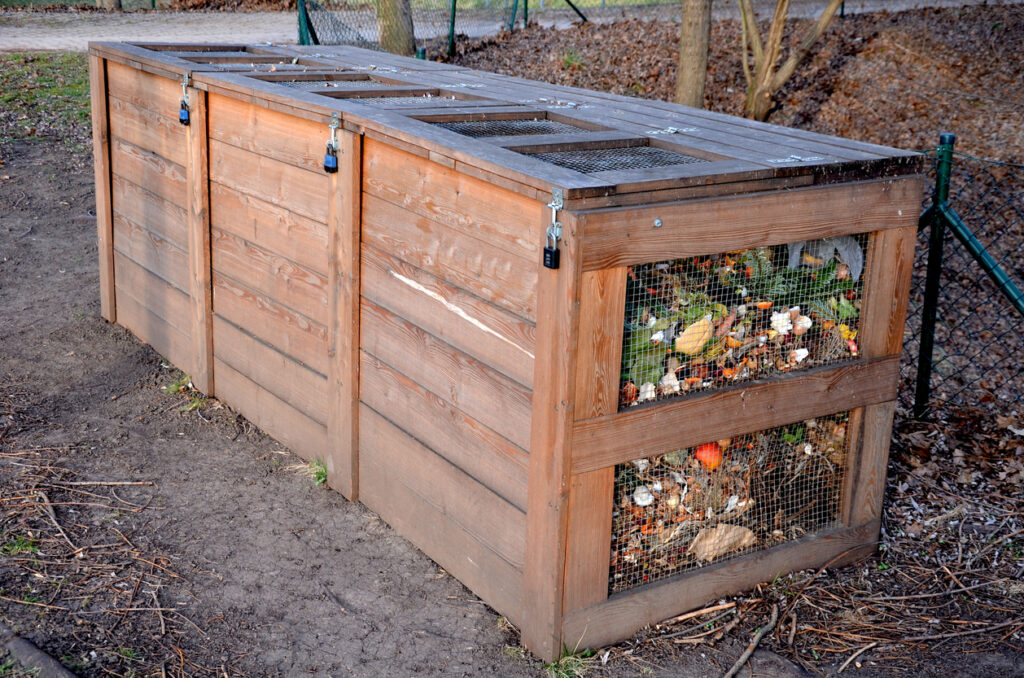


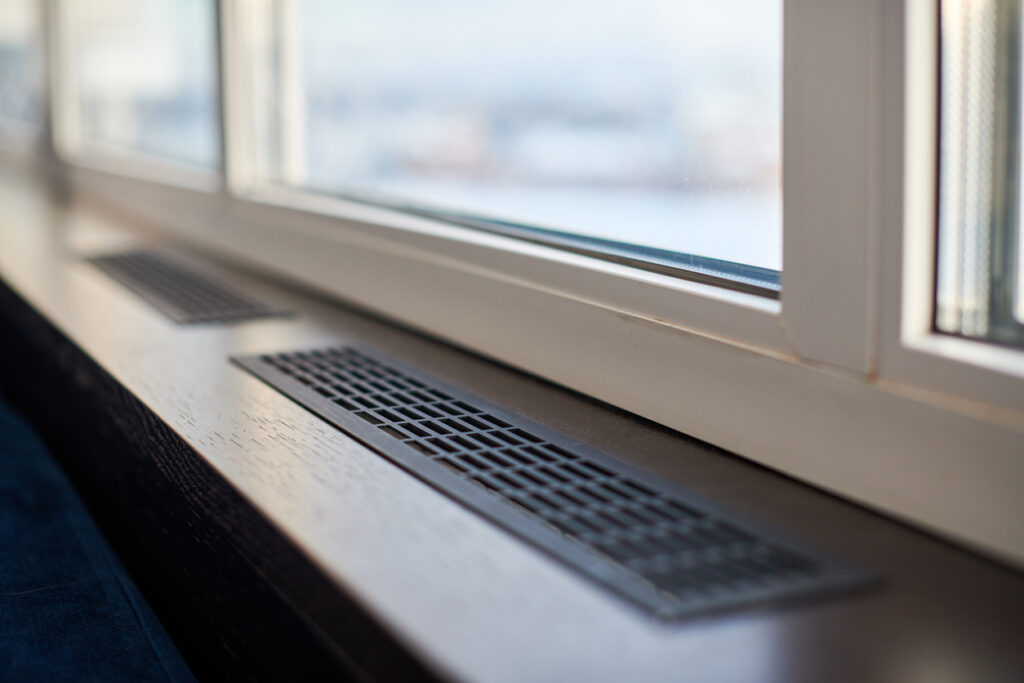

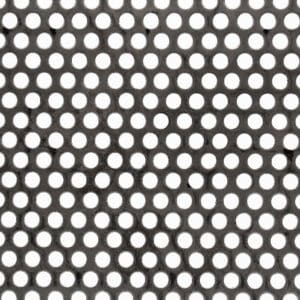

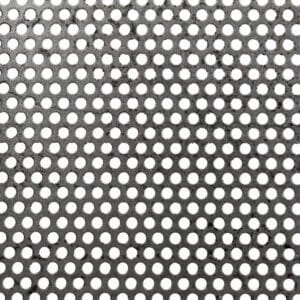
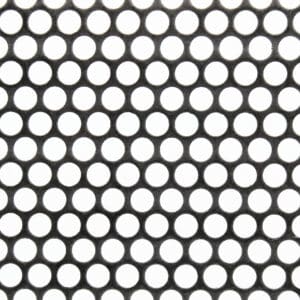

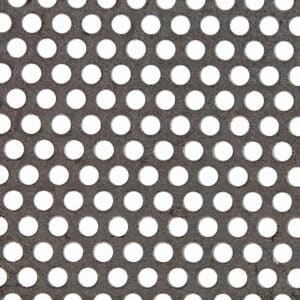
The largest range of wire mesh, chicken wire, wire fencing, woven wire mesh and perforated metal products in Europe, delivered direct from our Warrington warehouse.




Website by: Beech Web Services | Terms and Conditions | Cookie Policy | Privacy Policy | Website Terms and Conditions